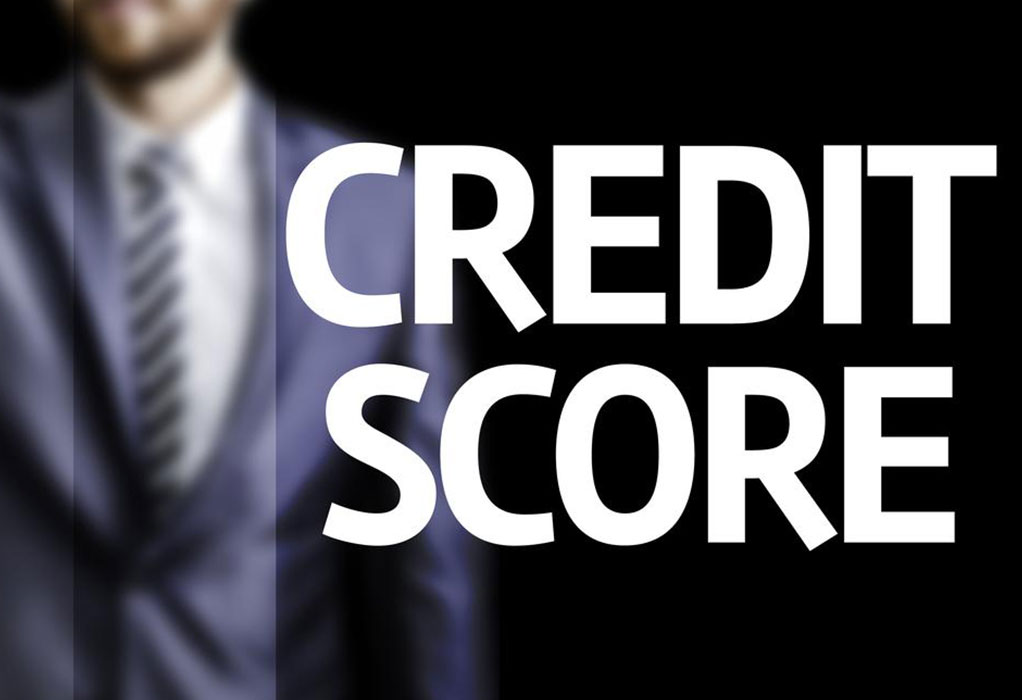Comprehensive Guide to Different Types of Credit Scores and Their Impact
This comprehensive guide explores the various types of credit scores, their development, and how they influence financial decisions. It provides detailed insights into FICO, VantageScore, and other models, explaining their significance for consumers and lenders. Understanding these scores helps individuals improve their financial health, access better credit terms, and navigate the complex credit landscape effectively. The article emphasizes the importance of monitoring credit reports and managing credit factors to achieve optimal scores and financial stability.

Comprehensive Guide to Different Types of Credit Scores and Their Impact
Credit scores are essential numerical indicators that play a crucial role in the financial lives of consumers. These scores, utilized predominantly in the United States, serve as a standardized measure for lenders, credit institutions, insurance companies, and even employers to evaluate an individual’s creditworthiness. A high credit score signifies a strong history of responsible borrowing and timely payments, which positively influences lending decisions, interest rates, insurance premiums, and various other financial aspects.
Understanding how credit scores work is vital for consumers who wish to improve their financial standing or make informed decisions about credit applications. These scores do not operate in isolation but are part of a complex assessment process that includes credit reports, income verification, employment history, and other financial data. Today, a majority of banks, credit card companies, and lending agencies rely heavily on credit scores when deciding whether to approve loans, offering competitive interest rates, or determining eligibility for specific financial products.
Beyond lending, credit scores have a significant influence on many facets of daily life. Insurance companies often use credit scores to set premiums for auto or home insurance policies, under the premise that a good credit history correlates with lower risk. Employers may examine credit reports as part of hiring or background checks, especially for positions that involve financial responsibilities or access to sensitive information. Landlords often rely on credit scores to evaluate rental applicants, while some insurance providers utilize these scores to decide coverage options and costs. Given their widespread impact, understanding the different types of credit scores becomes crucial for consumers aiming to optimize their financial health.
Historically, in the 1990s, specialized credit scores developed by credit bureaus began helping insurers predict claim risks more accurately. Higher scores indicated fewer claims and thus reduced risk for the insurer. For example, in 2009, TransUnion explored marketing employment opportunities based on credit report data, acknowledging the predictive power of credit history in assessing personal stability and responsibility. These developments led to the creation of multiple scoring models, each with its unique assessment mechanisms, reflecting the diversity and depth of credit evaluation methods today.
Unlike traditional credit reports, which summarize an individual’s borrowing and repayment history, credit scores condense this information into a single numerical value. These scores are generated based on numerous factors, including payment history, debt levels, types of credit accounts, length of credit history, and recent credit inquiries. This scoring variability can sometimes result in slight differences between reports from different bureaus, but the underlying goal remains to predict credit risk effectively.
Popular Types of Credit Scores and Their Features
The landscape of credit scoring includes several major types of scores, each developed for specific purposes and incorporating different evaluation criteria. Familiarity with these scores helps consumers understand how lenders and institutions view their financial standing:
FICO Score: Developed by the Fair Isaac Corporation in 1989, the FICO score is the most widely used credit score worldwide. Ranging from 300 to 850, it provides a comprehensive measure of creditworthiness based on data collected from Experian, Equifax, and TransUnion. The FICO score is based on the following key factors:
Payment history—accounts for approximately 35%, including timely payments, late payments, and bankruptcies. A strong payment history significantly boosts a FICO score.
Debt levels—comprising around 30%, assessing total debt load and existing credit utilization ratio. Lower utilization rates are favorable.
Credit age—about 15%, with older credit histories indicating stability and responsible credit management.
Credit mix—making up roughly 10%, which considers the variety of credit types such as loans, credit cards, and mortgages.
Recent inquiries—accounting for 10%, as fewer recent credit checks suggest less risk.
The FICO score remains the industry standard, heavily influencing lending decisions worldwide.
NextGen Risk Score: Introduced in 2001, this model evaluates applicant risk on a 150–950 scale, emphasizing recent credit activity and the recency of delinquencies, which provide insight into current financial behavior.
FICO Educational Scores: These are tailored for educational purposes, including Experian's Plus Score (330–830), Scorex PLUS (300–900), and Equifax’s scores (280–850). They offer consumers an understanding of their credit standing for educational or self-assessment purposes.
SBSS Score: Designed specifically for small business credit applications, ranging from 0 to 300. This score assesses the creditworthiness of small business owners during funding processes.
VantageScore: Created in 2006 by the three main credit bureaus—Experian, Equifax, and TransUnion—as an alternative to FICO. Its purpose is to provide a more consistent scoring model across bureaus. Since 2013, it has used a scale of 300 to 850, aligning with FICO's range but with some methodological differences.
CE Score: Developed by CE Analytics and distributed via Credit Plus, this score also ranges from 350 to 850. It’s offered to consumers for free, serving as a helpful tool for monitoring credit health.
Other Non-FICO Scores: There are numerous alternative scoring models, including TransUnion’s TransRisk (300–850), Experian’s National Equivalency (360–840), and scores from platforms like Credit Karma and Credit Sesame. While these scores are useful for informational purposes, they are not always used directly by lenders for credit decisions.
In conclusion, understanding the different types of credit scores and their unique features enables consumers to better manage their credit profiles. Regular monitoring and efforts to improve key factors influencing scores can lead to better loan terms, lower interest rates, and enhanced financial security. Whether it’s focusing on timely payments, reducing debt, or diversifying credit types, being proactive about credit health is essential in today’s financial environment.





